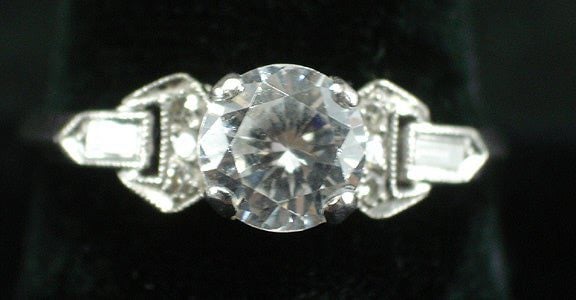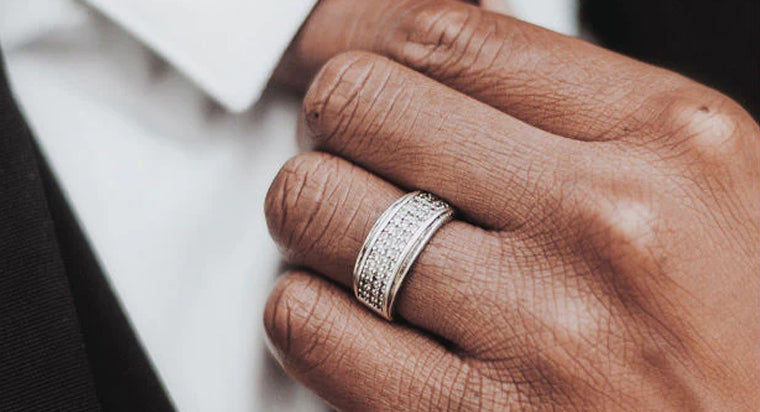
In the world of fine jewelry, Diseñar anillo de compromiso have introduced a fresh perspective on engagement rings. These diamonds, created in a controlled laboratory environment, offer a blend of innovation and elegance, making them an attractive option for modern couples. This guide will delve into the process of designing a lab-grown diamond engagement ring, highlighting the benefits, customization options, and important design considerations.
Understanding Lab-Grown Diamonds
Lab-grown diamonds, also referred to as synthetic or cultured diamonds, are genuine diamonds that are produced using advanced technological methods to replicate the natural conditions under which diamonds form. Despite their synthetic origin, they possess the same physical, chemical, and optical properties as natural diamonds.
Benefits of Lab-Grown Diamonds
Choosing a lab-grown diamond offers several advantages. One of the primary benefits is ethical sourcing. Lab-grown diamonds are free from the ethical concerns associated with traditional mining, such as environmental degradation and conflict financing. Additionally, these diamonds are generally more cost-effective than their mined counterparts, allowing for a higher quality or larger stone within the same budget. From an environmental perspective, lab-grown diamonds have a significantly reduced ecological footprint compared to traditional mining practices.
Choosing the Right Lab-Grown Diamond
When selecting a lab-grown diamond, the same key criteria used for natural diamonds apply: cut, color, clarity, and carat weight.
Cut
The cut of a diamond refers to how well it has been shaped and faceted. This aspect greatly influences the diamond’s brilliance and overall visual appeal. Common cuts include round, princess, and emerald, each offering a unique sparkle and aesthetic.
Color
Lab-grown diamonds are available in various colors, ranging from colorless to shades of yellow or brown. The value of a diamond increases with its lack of color, making colorless diamonds highly sought after.
Clarity
Clarity measures the presence of internal or external imperfections, known as inclusions and blemishes. Diamonds with higher clarity are more valuable due to their lack of visible imperfections.
Carat
Carat weight indicates the size of the diamond. Larger diamonds are generally more expensive, but lab-grown diamonds provide better value for their carat weight compared to mined diamonds.
Customizing Your Engagement Ring
Choosing the Setting
The setting of an engagement ring plays a crucial role in highlighting the diamond. Popular settings include solitaire, halo, and three-stone designs. Each setting offers a different style, from the classic elegance of a solitaire to the enhanced brilliance of a halo setting, which features a central diamond surroundedsmaller accent stones.
Selecting the Metal
The choice of metal for the engagement ring affects both its appearance and durability. Common options include platinum, known for its durability and hypoallergenic properties; white gold, which offers a similar appearance to platinum but at a lower cost; yellow gold, which complements warm-toned diamonds and adds a vintage feel; and rose gold, which provides a romantic and contemporary look with its pinkish hue.
Adding Personal Touches
Incorporating personal touches into the design of the engagement ring can make it even more special. Consider adding an engraving inside the band to include a meaningful message, date, or initials. Custom designs crafted with the help of a jeweler can also reflect your partner’s unique style and personality.
Design Considerations
Balance and Proportion
It is important to ensure that the design of the engagement ring is balanced and proportionate. The size of the diamond should complement the band and setting to create a harmonious and aesthetically pleasing piece.
Practicality and Lifestyle
When designing the ring, consider your partner’s lifestyle. If they have an active lifestyle or work with their hands frequently, choose a setting that offers protection to the diamond and minimizes the risk of damage.
Maintenance and Care
Lab-grown diamonds, like natural diamonds, require regular cleaning to maintain their brilliance. Opt for a setting that allows easy access for cleaning, and schedule periodic inspectionsa professional jeweler to ensure that the diamond remains secure.
Conclusion
Designing a lab-grown diamond engagement ring combines timeless romance with modern technology. By understanding the benefits of lab-grown diamonds, selecting the right stone, and customizing the design to reflect personal preferences, you can create a beautiful and meaningful engagement ring. Embrace the elegance and ethical advantages of lab diamonds to make your proposal truly unforgettable.





